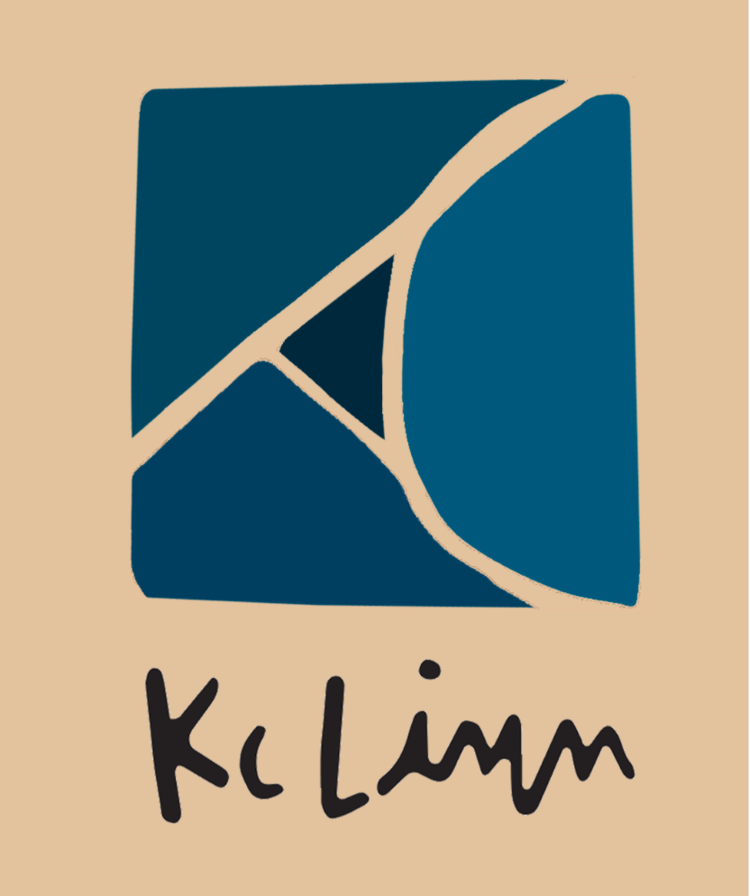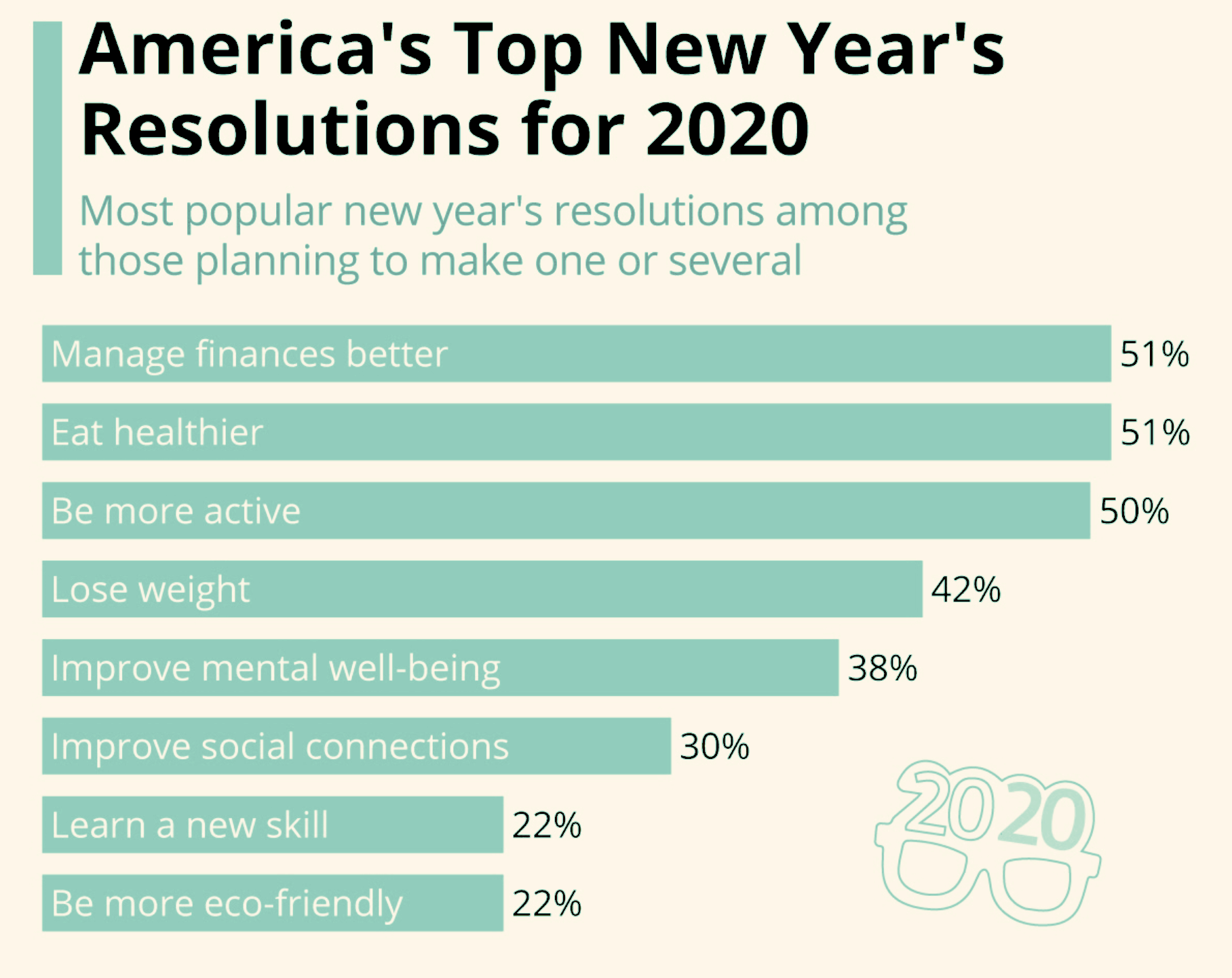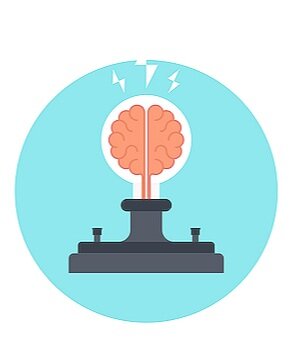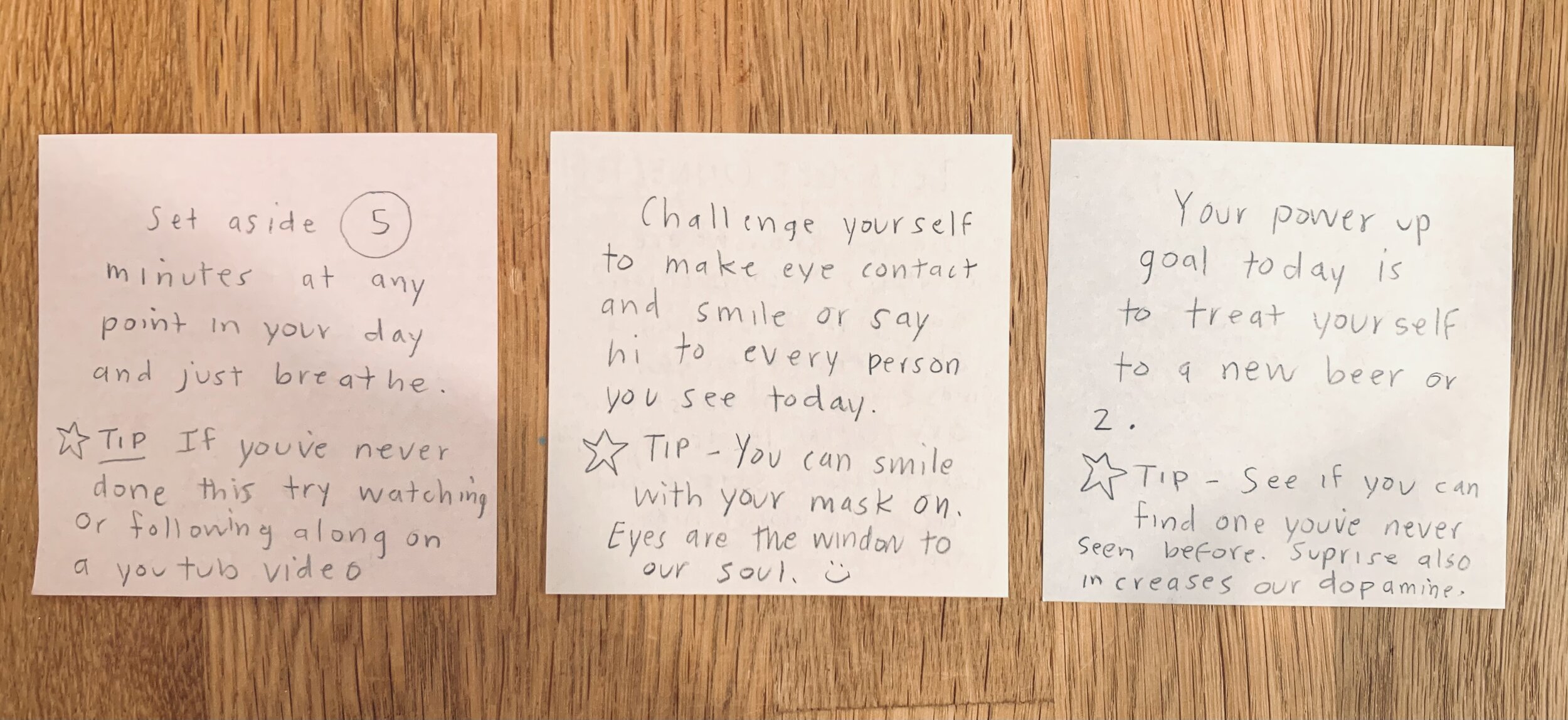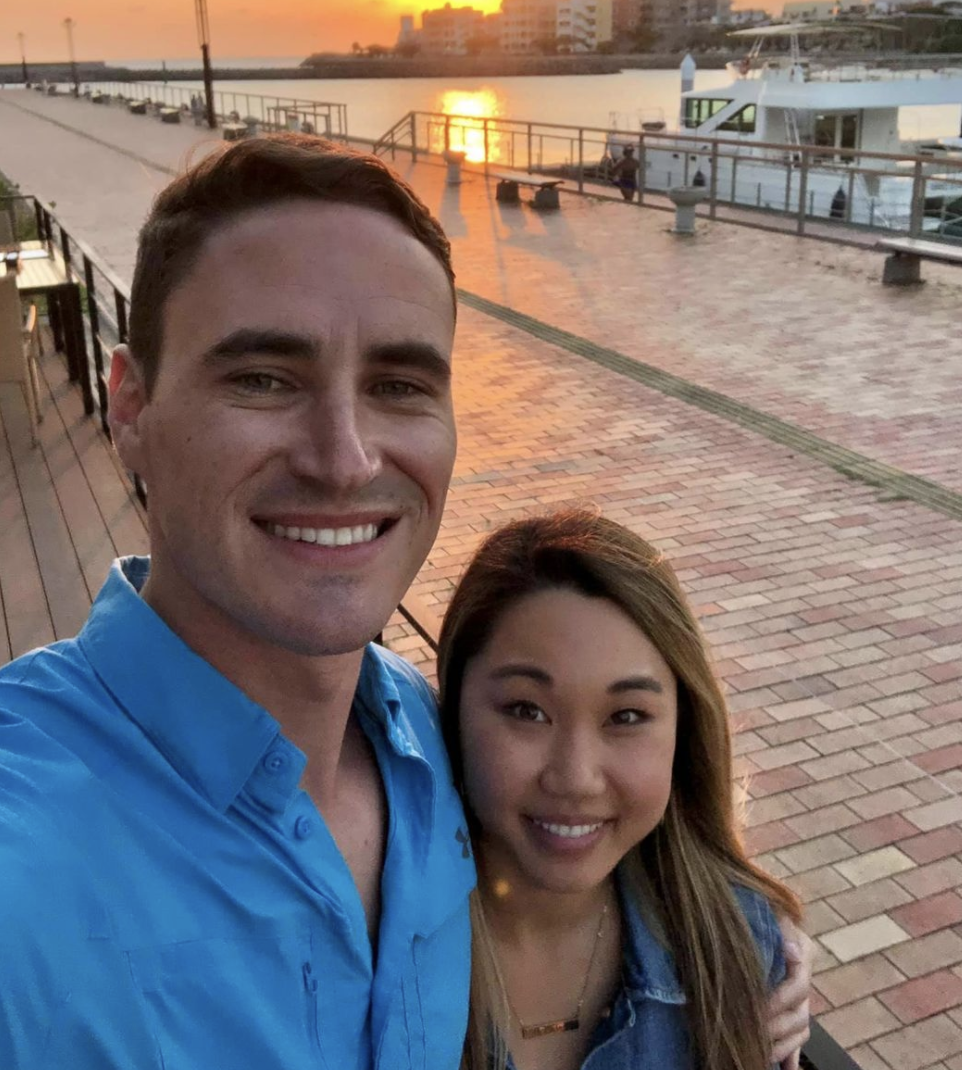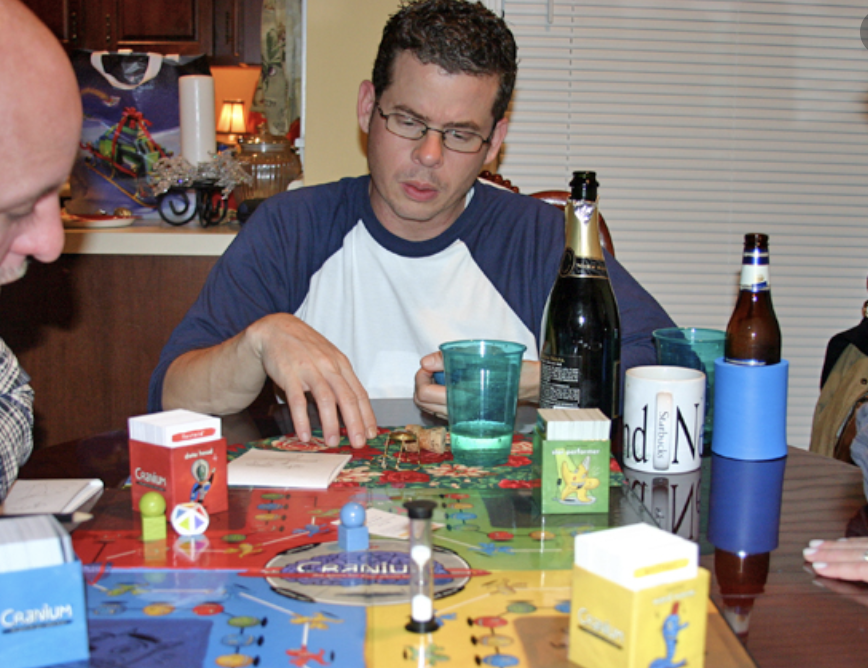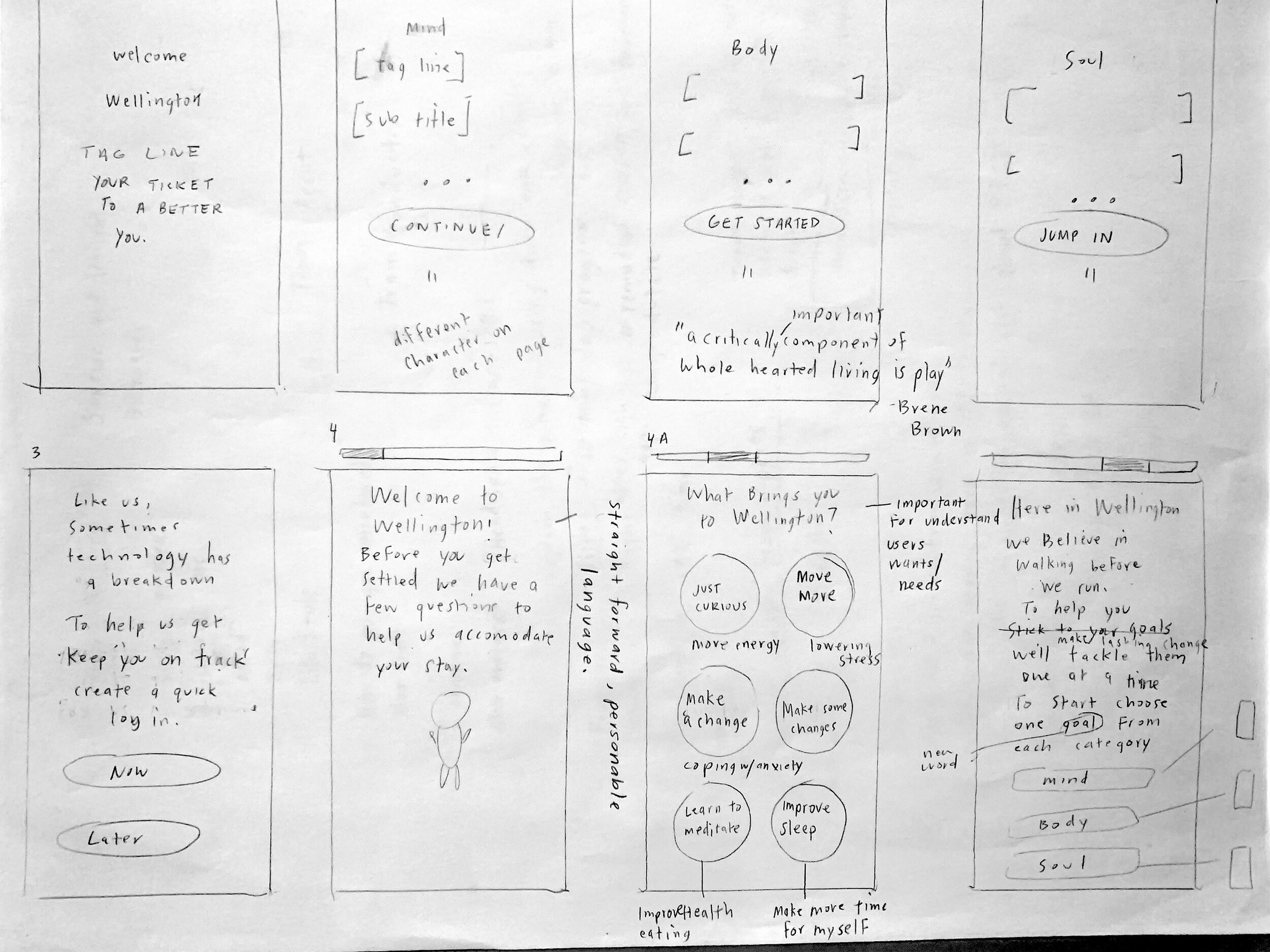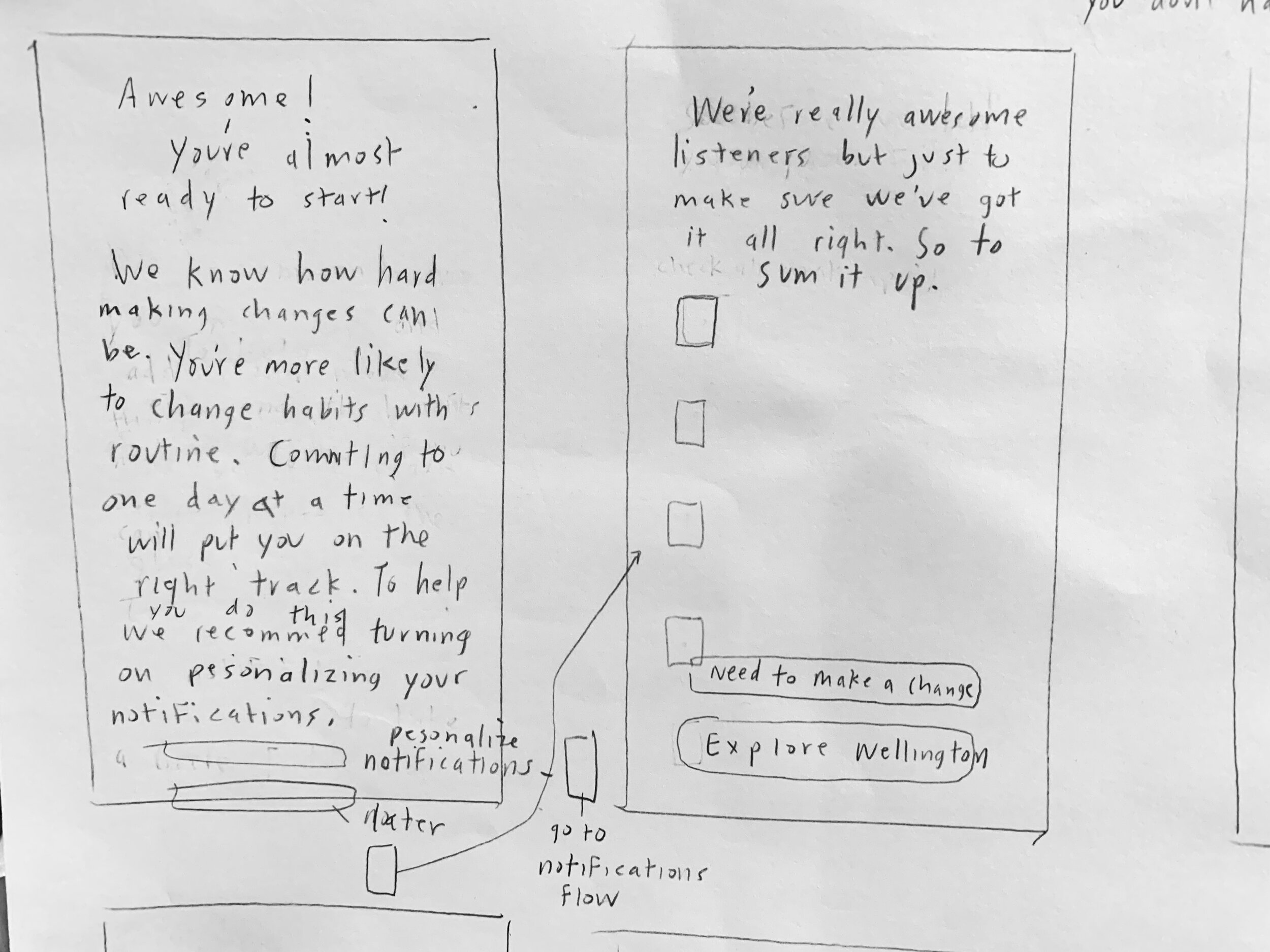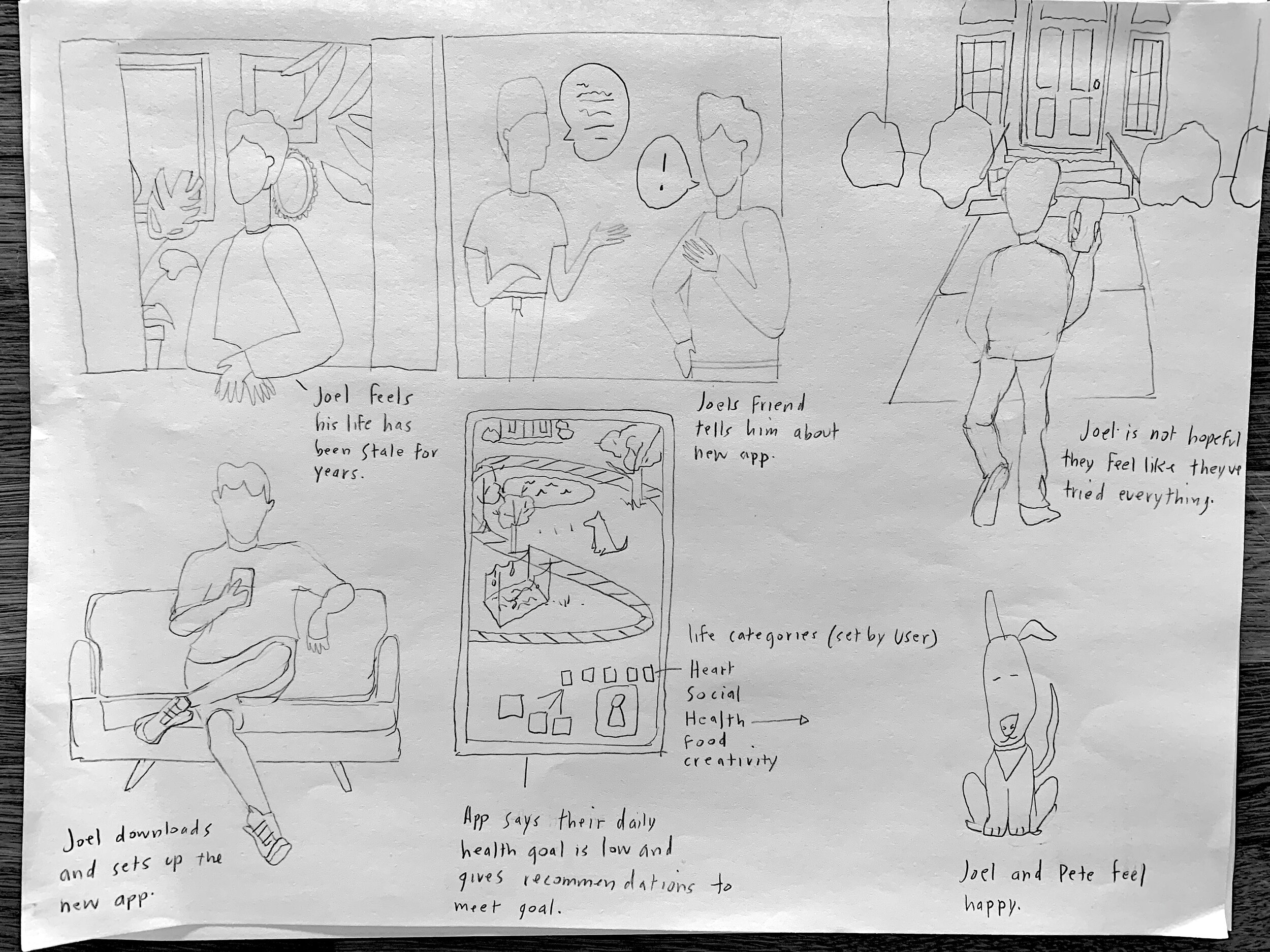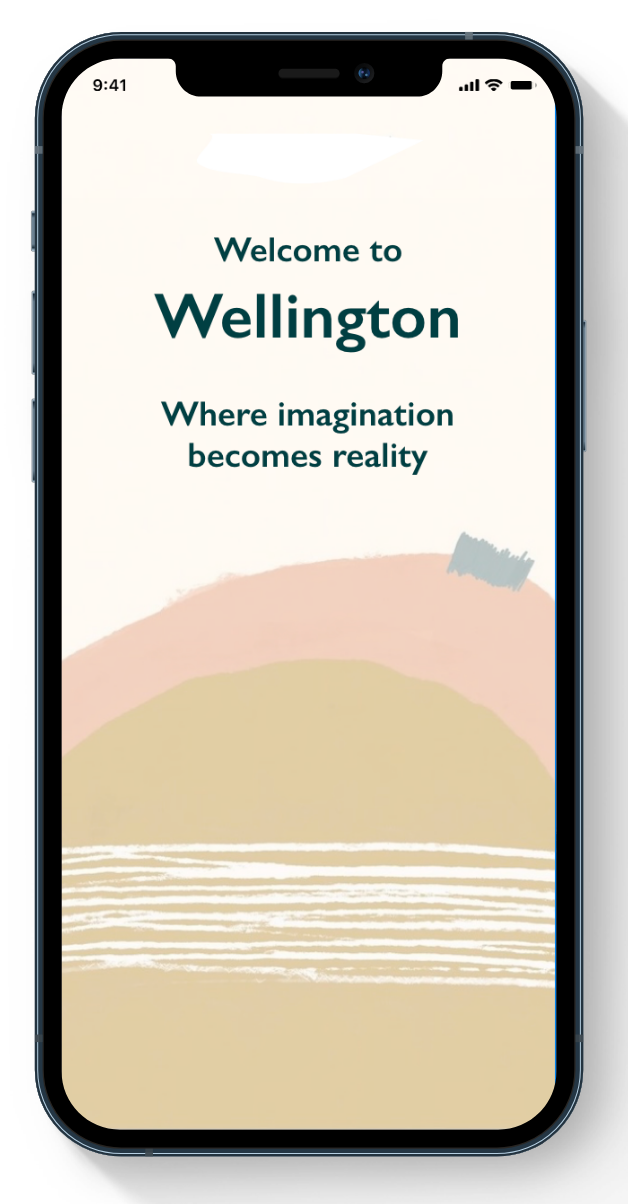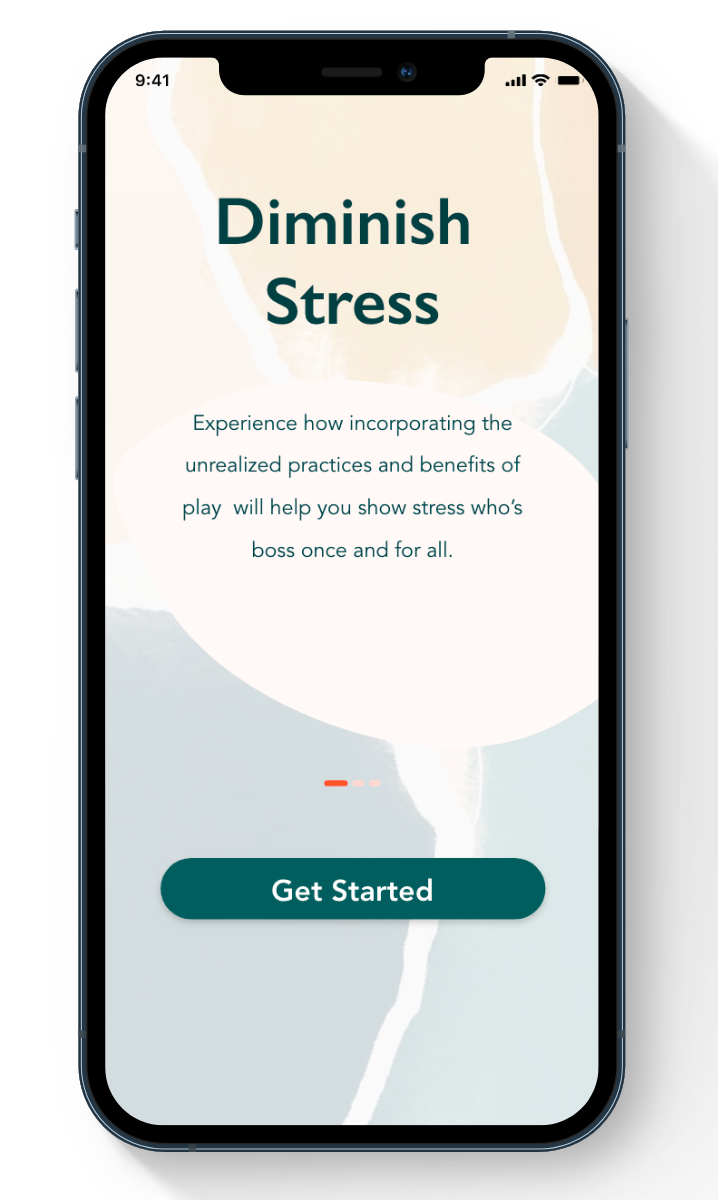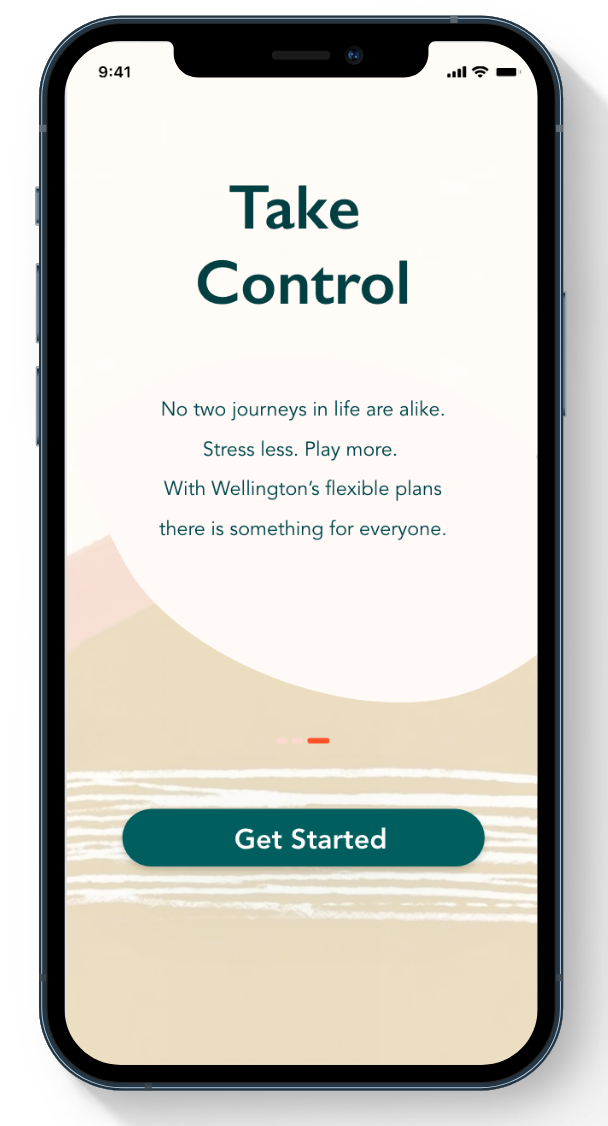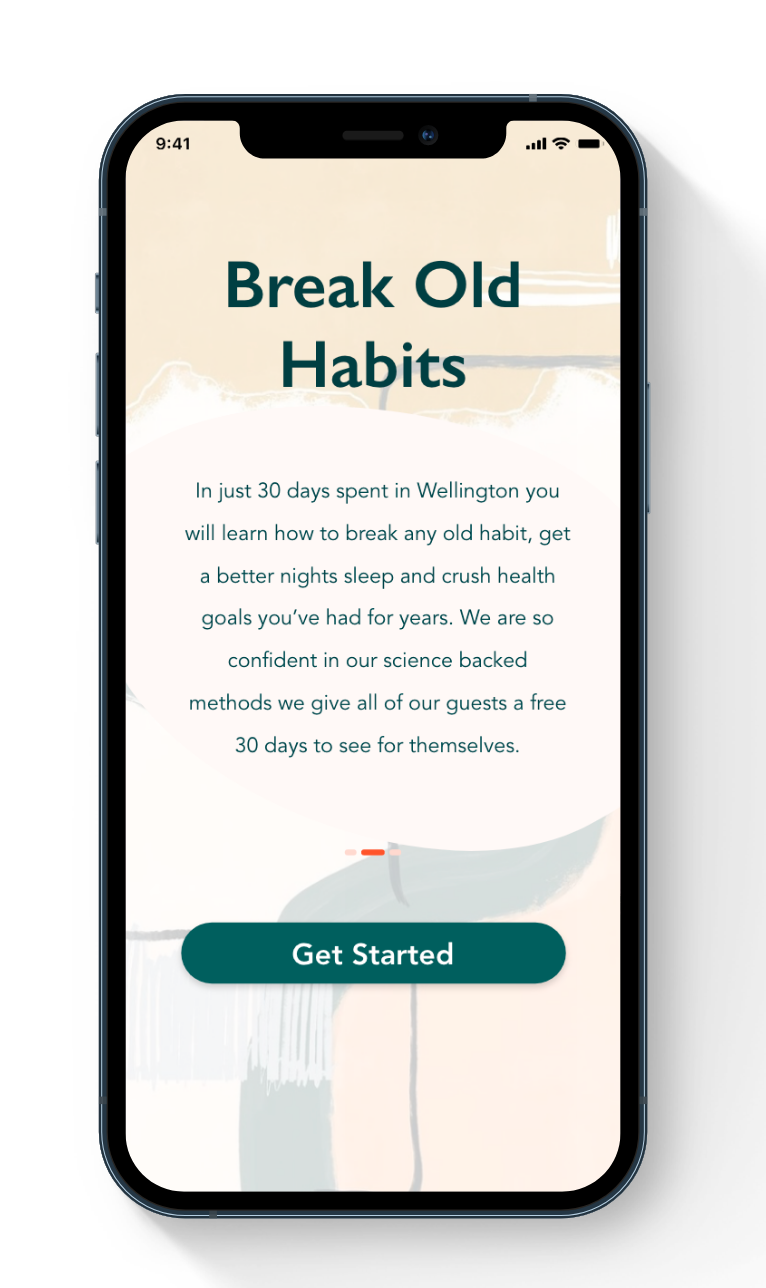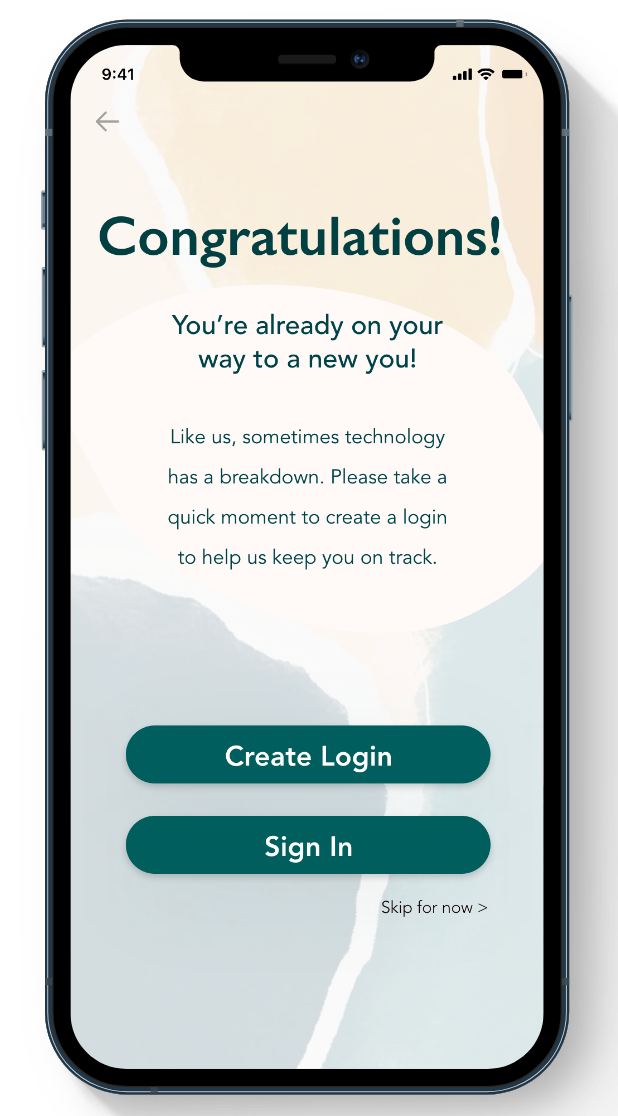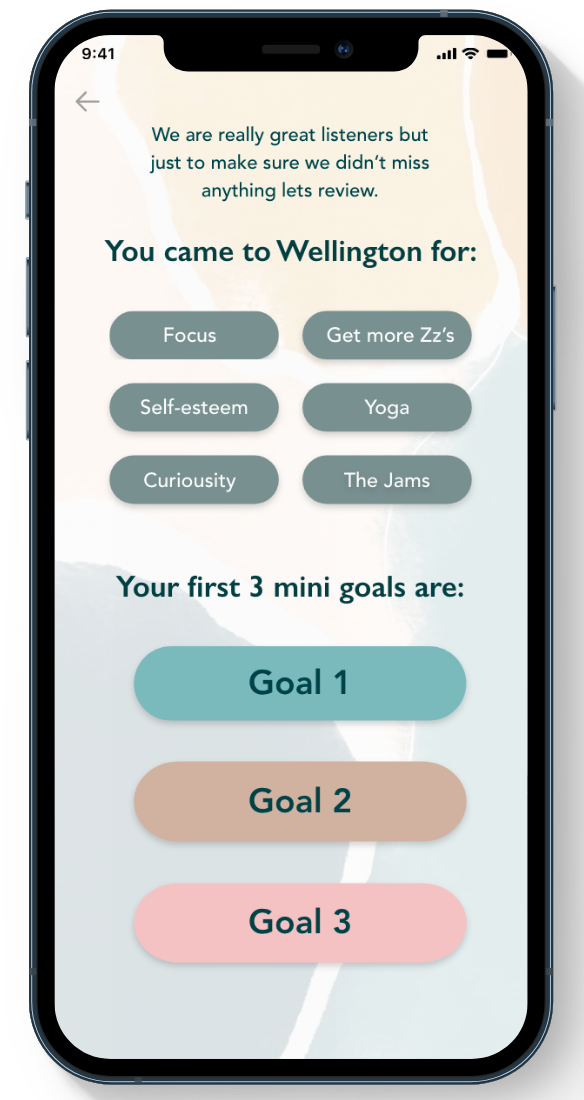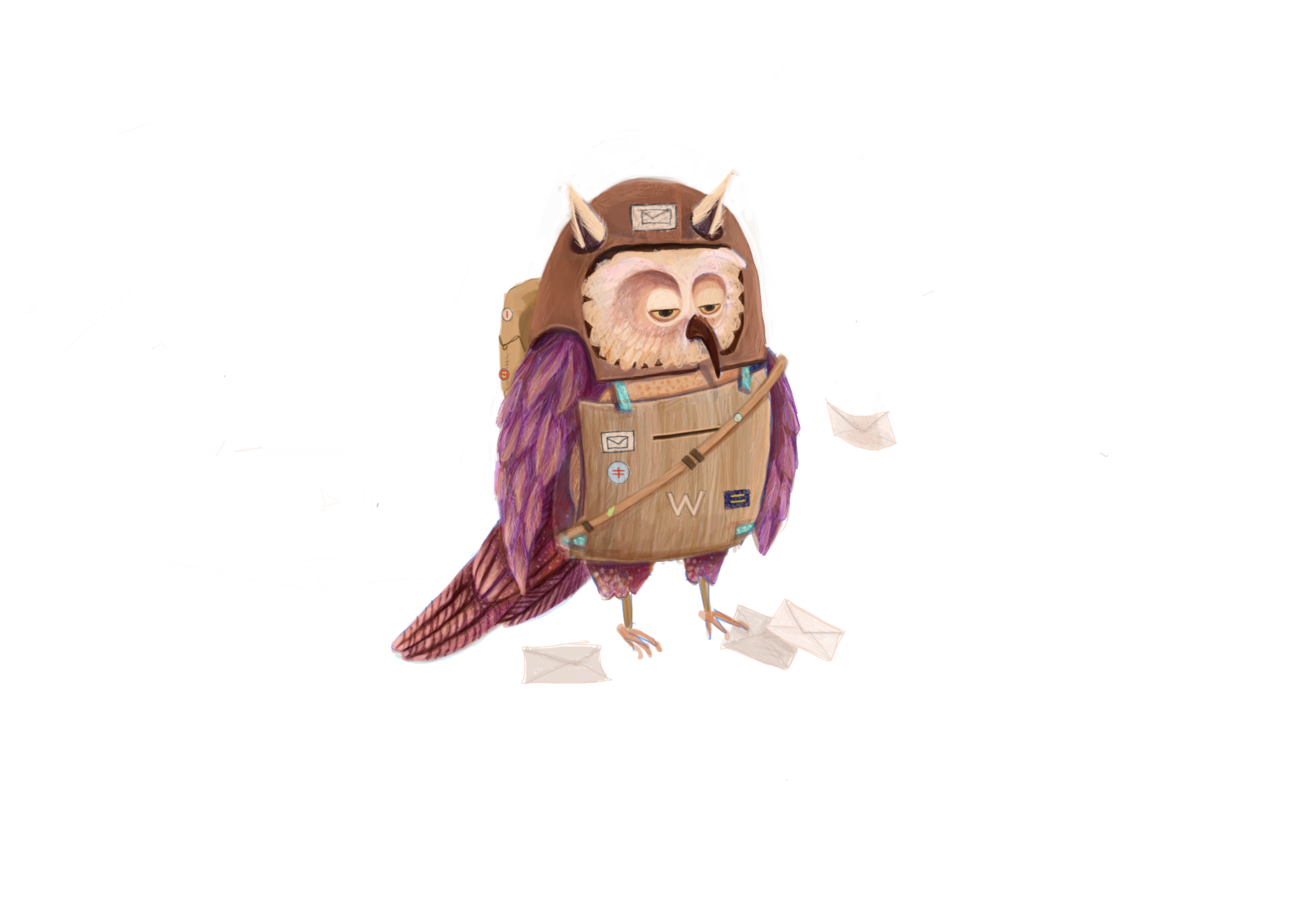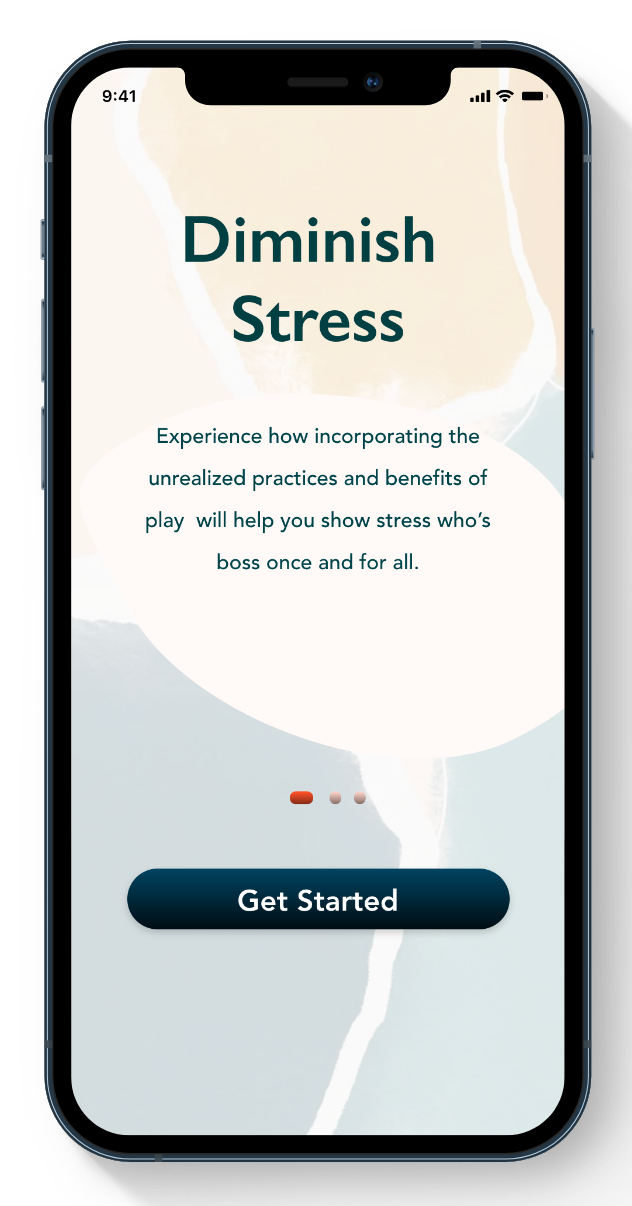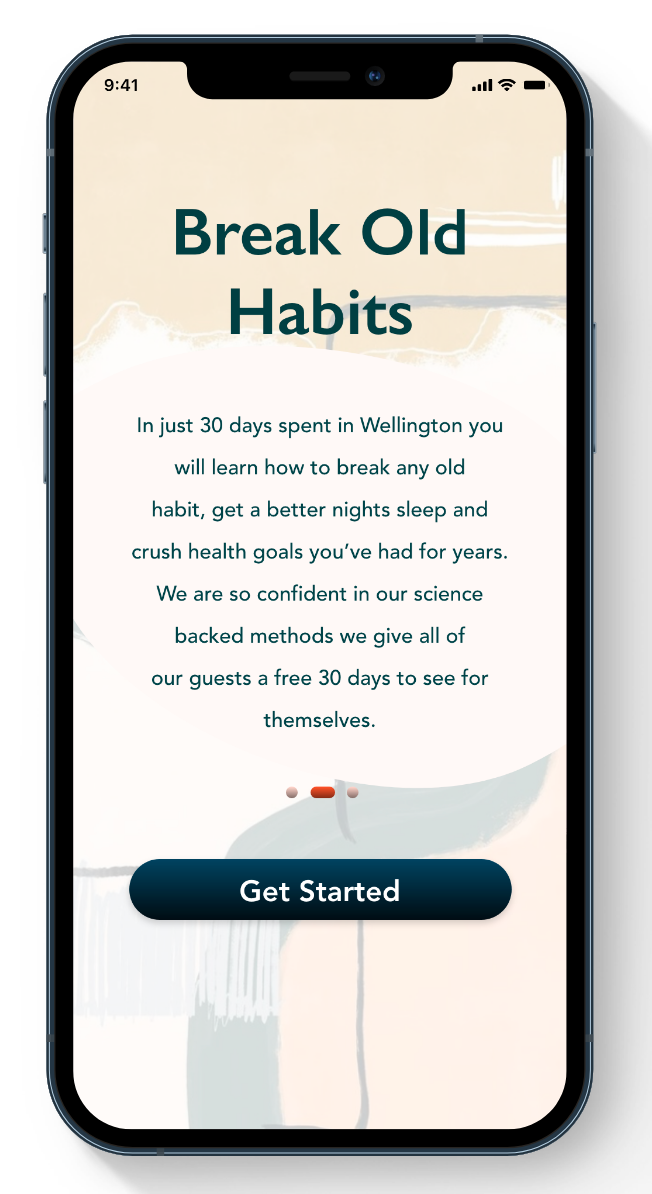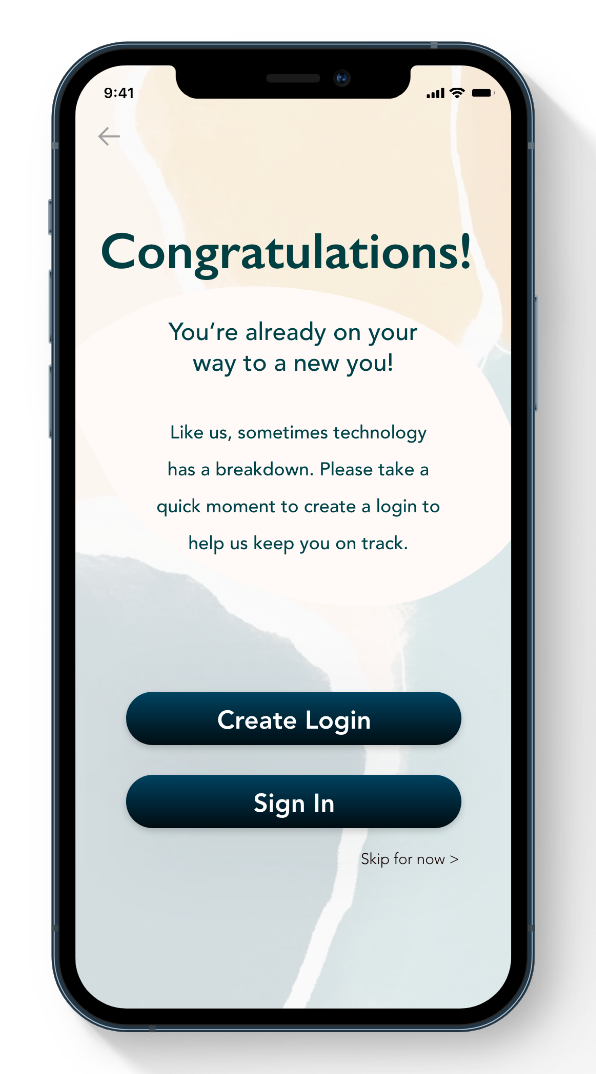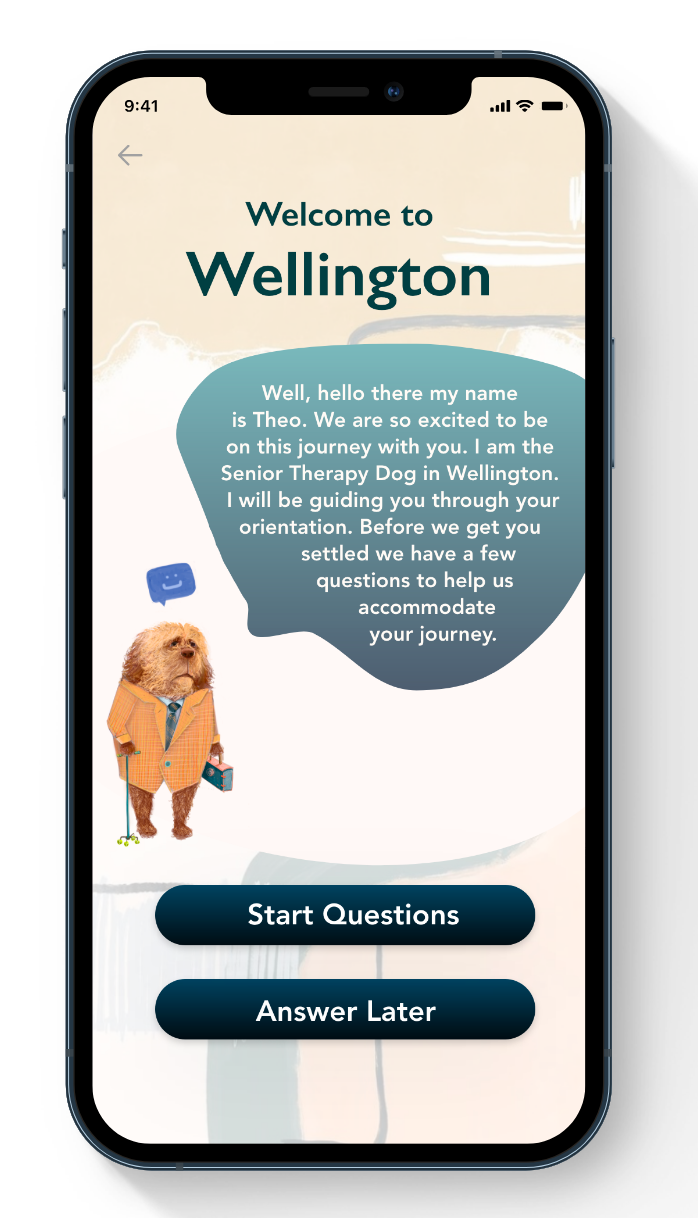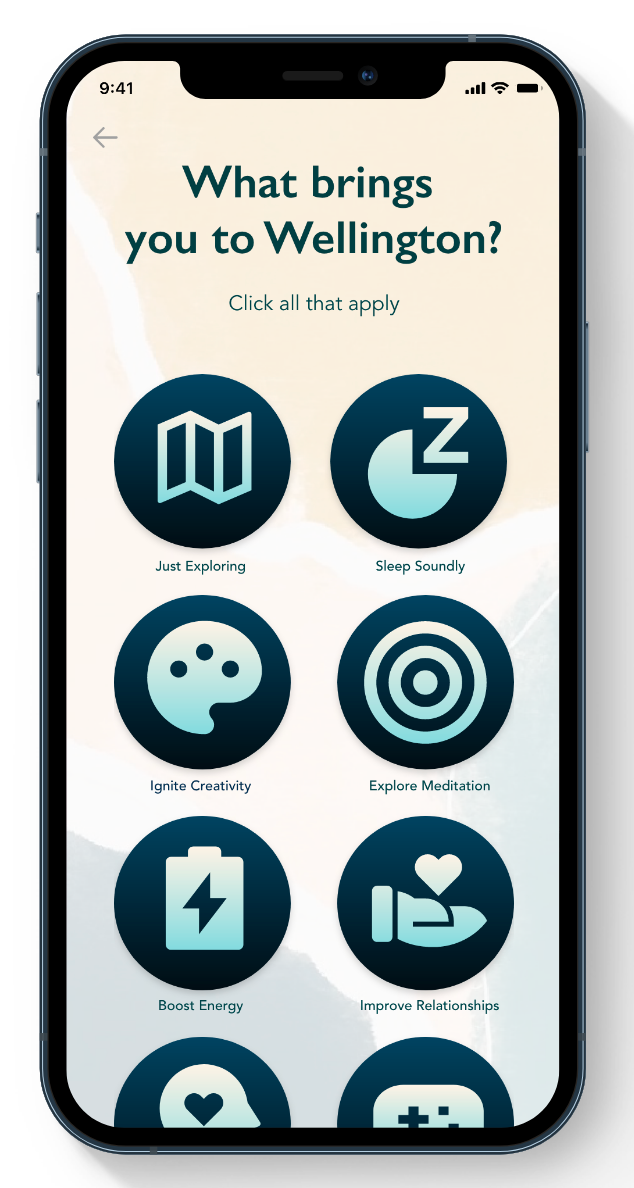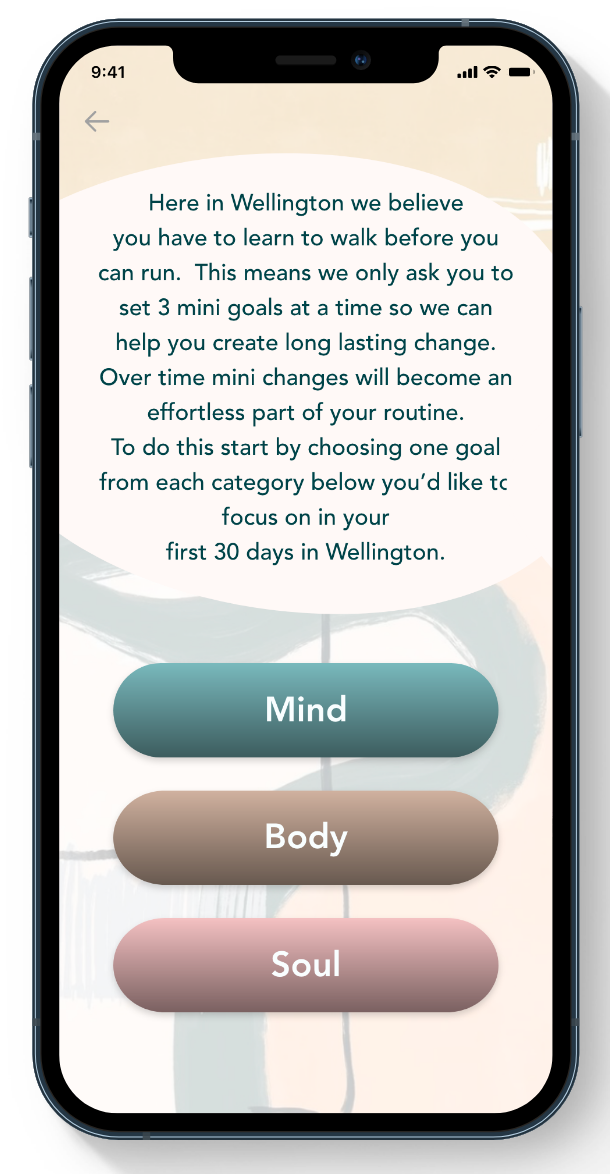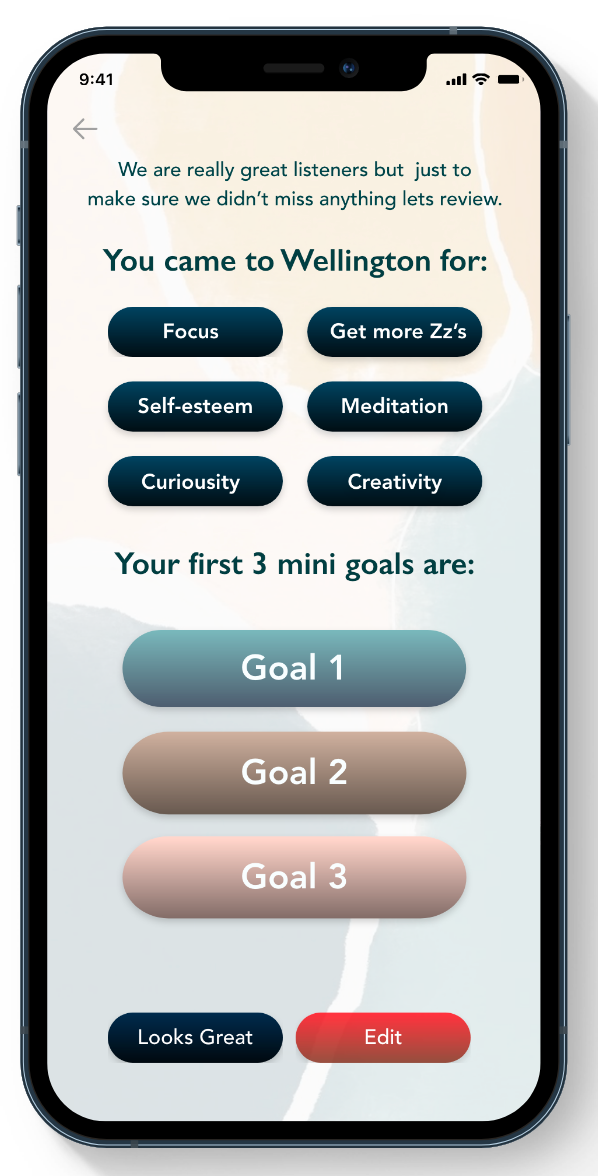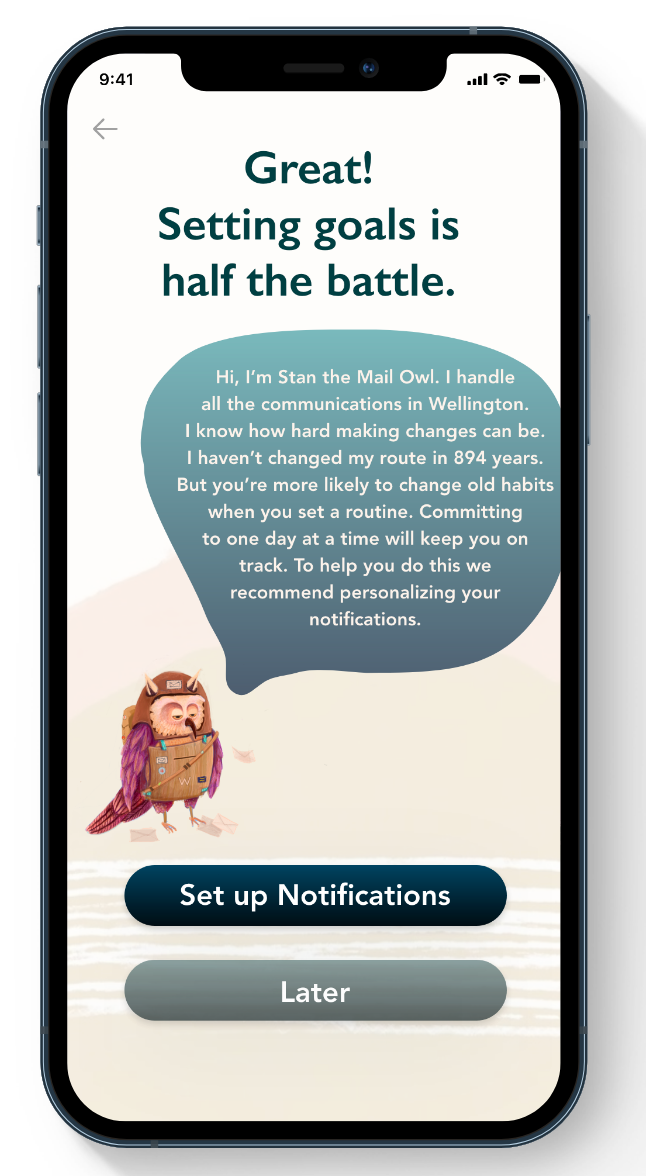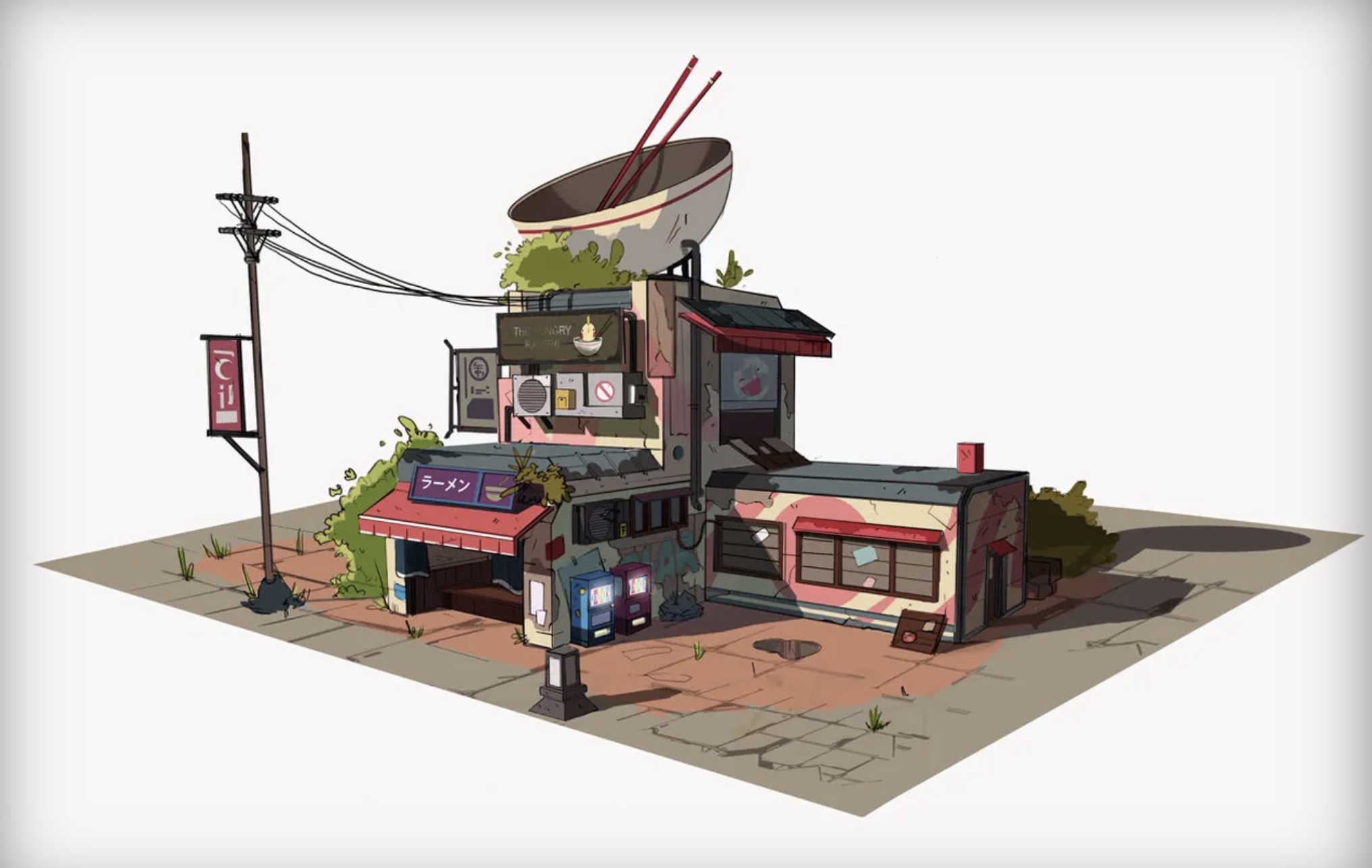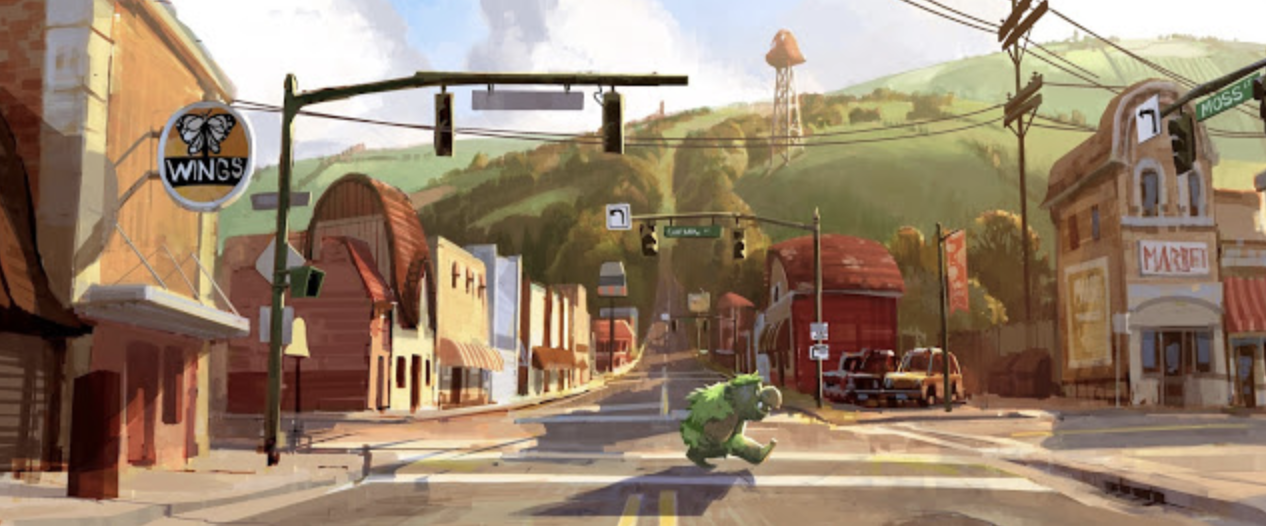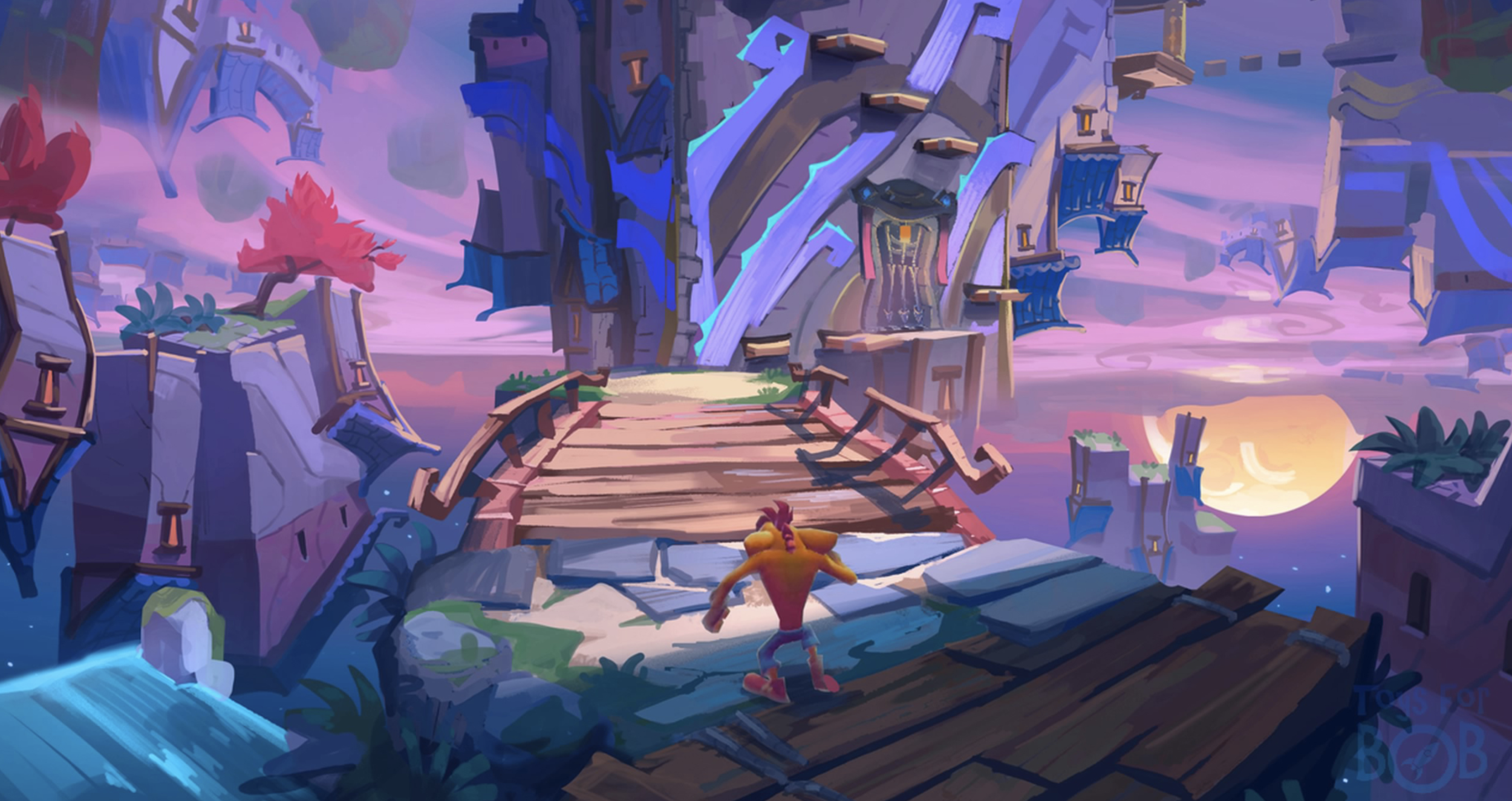Turning Self-help, Mental Health and Wellbeing Tools Into An Immersive Game Experience: A UX Case Study
Designing an immersive, educational, memorable, and inclusive game experience that helps users learn the necessary tools to achieve and maintain health and wellness goals.
“People have been setting goals, downloading apps, paying trainers, trying diets, failing, and then doing it all over again every year for decades. Research shows that as many as 87% of adults in the United States make New Year’s resolutions, but fewer than 10% keep them for more than a few months. Of these resolutions, over 55% of them relate to health and fitness and overall well-being.”
- Dr. Charles Herrick
Now that gyms are closed, money is tight, people are depressed and America as a whole has gained the COVID-19, our New Year's resolutions seem more out of reach than ever. As we as a nation approach the one-year anniversary of living in a global pandemic most of us have found our health and wellness goals put on pause and without resources to move forward. With many uncertainties moving past the COVID-19 pandemic there has never been a more critical time and a desire for people to regain control of their lives. But how?
“We cannot solve a problem on the level of consciousness that created it.” - Einstein
Problem Statement
Users who feel frustrated about their overall well-being and health goals (both physical and mental) need long-lasting, accessible, tools and resources but face difficulties with sticking to change.
Timeline & Roles
This solo project was for a UX graduate thesis class where I spent 10 weeks diving deep into every corner of what makes it so hard for humans to achieve and maintain health and wellness goals. Through desk research, competitive analysis, interviews, affinity clustering, user personas, wireframes, prototyping, and concept art. I was able to establish the groundwork for meaningful solutions based on repetitive pain points uncovered in the process.
Users & Audience
About one in five adults in the U.S. experiences some form of mental illness each year, according to the National Alliance on Mental Illness, but only 41 percent of those affected received mental health care or services in the past year. Mental health and overall well-being do not discriminate amongst age, gender, race, or geographic location which is why Wellington needs to be adaptable for all user types.
Ideally, a fully developed game would include a view for practitioners that are accessible to users (Therapists, Yoga Instructors, Meditation Coaches, etc.) however the focused audience for this phase of Wellington are users seeking tools to help stick to newly developed goals, users exploring avenues for change and those who just want to feel better about life.
Research Methodology
Before I started talking to any real-life humans I needed to make sure that my assumptions were validated and I wasn’t alone in this journey of making personal wellness goals a reality. To do this I conducted desk research. I read numerous science-backed research articles and case studies and browsed what products are already out there attempting to solve this problem. (Click for full competitive analysis)
There are currently hundreds of apps, platforms, and programs that fit into the “New Year, New You” industry, from private trainers, to fad diets like Keto and Paleo to apps like Noom, Headspace, and My Fitness Pal. This is not new and there is no sign of this need going away. However, all of these apps have something in common and that is that they are all short-lived, and less than 5% of Americans that invest succeed in reaching their goals.
Orange you seeing what I’m seeing?
The Interviews
I knew going into these interviews that in order for me to gain deep, beneficial insights it would be invaluable to talk to users on both sides. Over a two-week period, I had the privilege of interviewing not only 7 potential users but also 4 professionals in the fields of Reiki Master, Dr. of Education, Yoga Instructor, Buddhist Monk, and Meditation Coach who have dedicated their lives to helping others. My user interviewees span a diverse range of ages, occupations, income levels geographic locations, and all have unique goal-setting experiences.
Findings and Affinity Mapping
In order to spot patterns and commonalities across the interviews, I created an affinity map of user responses.
Insights
Time is of the essence.
“I love going on walks with my family at night if we have time but that’s a huge if we have time. I feel like I barely have time to brush my teeth and take a shower let alone do anything relaxing and enjoyable.”
-Holly, 44
No two stories are alike.
“ When I was in the classroom in my first 20 years of teaching I was constantly innovating new ways to adapt my lessons to every student because if I didn’t someone was not getting the most out of the lesson and that was on me.” - Alyssa, 53
We are creatures of connection.
“In a way my dog holds me accountable because I know even if I don’t go to the gym he at least needs a walk and that is better than nothing.” - Blaire, 34
Failure is real.
“Instagram is literally my worst enemy. I’ll be doing really well and then I’ll see a post that I know is most likely not even real life but still makes me feel like I’m never going to get to where I want to be because everyone around me seems to be doing life way better than me. It makes me not even want to try.” - Sara, 27
Something I heard in every single interview on both sides is that we are all living under a binding contract with time and there is not enough of it. Between work, family/friends and personal time every participant stated they are living in a constant rotation of neglecting one of these categories and most often personal time is the most neglected.
This led me to understand:
Users need a tool that is not only flexible but that does not take strenuous amounts of time to learn and put to use. People are running in the negative when it comes to free time so the chances of them going more into time debt is slim.
People need a simple, intuitive tool that helps set and maintain short and long-term goals that become part of their routine without disrupting it and requiring more time.
Multiple participants stated that other than spending tons of money and time talking to a therapist every app they’ve tried feels generic and they don’t feel their specific needs are truly being met.
This led me to:
Users need a tool that is completely customizable to their specific goals and needs.
Even users who stated they were introverted and don’t have a large social group still noted they have or have had someone in their life that was their support system.
This led me to:
Users depend on community and other support systems to keep them motivated and pick them up when they’re feeling hopeless.
Something I heard over and over was fear of trying and failing and exhausted efforts creating barriers towards progress.
This leads me to understand:
People need a tool that teaches them failure is part of life and shows them how to reflect and move forward rather than giving up completely
Interesting Finding
Something all my interview participants told me in one way or another is what they would do if they had unlimited time and money. It’s like they were taking a little vacation in their mind with me and telling me about what their Utopian world would look like. I could see their demeanor change and a spark light when they were telling me about all these what-ifs. One participant described their Utopia like this:
“I would live on a street like Wisteria Lane (you know Desperate Housewives) I would drive a Jeep (because I’ve always wanted a Jeep) I would have my dream job of owning a coffee shop yoga studio and I would never work at my shit job again. I’d tell my boss I’m going home to spend the rest of my life with my kids and husband traveling and running our little business and he can suck it. (She laughed and said if only I could really do that) I’d do all the things I love to do and I would have no more stress or anxiety.”
Personas
Initially, I thought it would be impossible to narrow down personas because we are all so unique and no two stories are alike. After analyzing findings and developing insights from such a diverse group of people I realized there were so many commonalities it made sense to create one persona that could translate into so many users’ stories. While demographics like income, marital status, occupation, and geographic location help humanize what a potential user might look like they are not important in establishing a solution. However overlapping pain points, needs, and motivations are crucial.
Current State User Journey
Rather than a specific user story, I created a story using The Stages of Change or Transtheoretical Model, introduced by researchers Dr. James Prochaska and Carlo DiClemente. Stages of Change Since goal setting and change is such a personal journey for everyone and there is no average measure of time using the Transtheoretical Model helped me identify areas for opportunity and key features for Wellington that all users could relate to depending on the stage of their journey they are in.
Concept Evolution
Now that I had all this insightful information and research it was time to get creative. Taking my own personal story and what I had learned from my interviews and research into consideration I knew I couldn’t just build another app that teaches you to meditate or eat healthier or to manage your time. It needed to be deeper than that. I needed to find a way to trick people into learning the skills they need to make these goals a reality once and for all.
I kept going back to all the Utopian life stories users were telling me. There was something about their excitement and sense of freedom that I knew there was something there.
Their made-up worlds didn’t involve flying cars, magic genies, or being rich. Actually, most users told me similar stories about stress-free living, hiking with their families, planting gardens, learning new skills, owning more dogs, traveling, and getting rid of work-related stress. Another common theme was going back to childhood to never grow up or have responsibilities.
In one of his famous TED Talks, Ken Robinson says,
“By the time they get to be adults, most kids have lost that capacity. They have become frightened of being wrong. And we run our companies like this. We stigmatize mistakes. And we're now running national education systems where mistakes are the worst thing you can make. And the result is that we are educating people out of their creative capacities. We don’t grow into creativity, we grow out of it and this is an epidemic we must address immediately.”
What if I could design an experience where users are encouraged to activate their imagination to explore and take risks? Where making mistakes and setbacks are roads to success and teaching real-life tools. What if you earned rewards for holding yourself accountable and uncovering roadblocks that are holding you back in your daily life. What if there was a way to be a kid again and anything you could imagine was possible?
Pressing Play
Before I could start making any design decisions I needed to do some user testing of this concept of using inherent creativity and ignition of imagination as a tool for creating lasting change in users’ lives. I brainstormed some outlines for how this game could work and drew some sketches. Once I had a rough concept I convinced three families that live in my apartment building to participate in a friendly competition, aka Wellington round 1. I didn’t have much time to test if this was going to be a complete fail so I spent one day making some scrappy props for the game and writing a set of rules and proposed the game the following day.
I had no idea what to expect but by day two conversations were sparking around common themes we were all experiencing. From friendly competition and fun to deep conversations and vulnerability, I had no idea how valuable this experiment would be.
This is how it worked -
Coins
All players start the game with 10 coins and have opportunities to gain or lose coins throughout the week. The player with the most coins at the end of the week wins. Coins earned each day are established at 8 pm every night. I had to think of something that couldn’t be duplicated or pulled out of a desk drawer so for coins I used some old holographic promotion stickers from undergrad.
Earn Coins:
Completing your goal for the day when you write your reflection
Giving Encouragement to a neighbor or family member to stay on track
Successfully completing a power card (must be written down in reflection at the end of each day)
Selling a bonus card
Lose Coins:
Not completing a reflection at the end of each day (Even if a goal is not completed a player can still earn a coin for reflecting on their day)
Players can lose coins in mini-games with other players
Setting Goals
Every player established a tangible goal that they wanted to accomplish over a period of seven days. This could be completely out of the blue or something that was sitting with them for a while. The only rule was that it had to be a measurable goal i.e. “For the next seven days I want to go on a 30-minute walk every day.” Once they established their goal they wrote a few sentences about why they chose this goal for the week and what their expectations were.
Personal Goals
In order to keep track of individual goals throughout the week, each player had to write a short reflection of what they thought or how they were feeling about the game experience at the end of each day. To prevent any cheating or anyone doing this at the last minute just to claim victory the players had to put their reflection, folded in half with their name on it in my mailbox each night. I vowed not to read any reflections and insured everyone they would be returned to them at the end of the seven days.
Power Cards
In addition to each player’s goal they set for the week they would also have a power card delivered to their door every morning. Power cards are simple actions or behaviors that can help the player stay on track to meet their goal. Power cards can only promote earning coins. No coins are lost for not completing power cards.
Bonus Cards
Bonus cards are a bonus to your day. They can’t hurt you they can only help you. Each bonus card has a link that players can type into their phones to watch in their spare time or sitting on the toilet. Topics range from ways to reduce stress to hilarious stories that make us who we are. The engagement time for a bonus card is anywhere between 5 minutes and 1 hour. Bonus cards were hidden in each family’s house and in common areas of the apartment building. A player can never have too many bonus cards and they can also sell used bonus cards to neighbors or family members. Bonus cards sold before the end of the week are worth 3 coins but if they are held onto until the end of the week they are only worth 1coin. (This brings a bit of strategy into the game)
Mini-Games
Since this experiment only lasted one week there was one mini-game at the end of the week for all players. Mini-games are fun, instant gratification stress relief. But the catch is players needed coins to buy into the game to play. Each player needed 10 coins to buy a seat at the table. The mini-game of the week was Cranium. A team-based game that challenges every part of your brain. Cranium can be played in 2, 3, or 4 teams. Players didn’t know what game they would be playing ahead of time but to make it more interesting and gain deeper insight players were allowed to invite outside players onto their team. However, they had to have enough coins for them and the invited player. Since there were three families participating Cranium teams would be set by members of your family plus any extra team members brought in.
The Results
The results of doing this experiment were nothing I could have imagined. Before the first day of the game, I could sense skepticism in a few of the players. One even said, “I’ll do this for you because that’s what good neighbors do.” By the end of the week this is what he said:
“After actually doing all the Bonus Cards and the Power cards I either felt like I learned something or physically felt better. I also caught myself telling a few guys at work about things I had watched from the bonus cards. That’s how I got them to be on my team for the mini-game. We all did a deep breathing exercise together as a joke and then we all looked at each other like we should be doing this every day.” - DJ, 28
“ I legit thought this was going to be dumb and I was just doing it because Kristen made me but I think you’re on to something here. I’m zero percent about self-help and therapy but if that stuff you had us do all week makes me better at the end of the day I’m game. I think life should be a game and we’d all be a lot better at it. And if you die you can just start over.” - Brant, 33
Conducting this week-long experiment gave me even more insight as to what features were most important to focus on in the game and what might not work as well as I thought. The top takeaways from this were
Personalization, personalization, personalization
Community
Real Life
“I think what made me look forward to what power card I was going to get in the morning is that it was so specific for me. I know you obviously know me and that’s why you gave me Oxytocin Beer cards but it would be so cool if a game could actually do that somehow”
“I thought it was really cool that since we were all doing this together it prompted us to talk to each other about how the week was going and what we were writing in our secret journals. It gives a reason to ask someone how they’re doing on a deeper level and it feels nice knowing someone is doing it with you.”
“This is how all of these touchy subjects should be handled because the way it is right now it’s so disconnected from real life you wind up getting more stressed trying to implement all these new things into your life. If it was more natural or fun like we experienced this week I think there would be a lot more success.”
The Design
My initial sketches and design decisions are based directly on key features uncovered in previous steps.
Onboarding
The onboarding of Wellington is a crucial make or break period with the user. It needs to be tailored and personalized but not feel invasive. Below is the first iteration of onboarding screens followed by changes made after user testing and feedback.
User Testing
After one round of user testing, I received feedback that some screens were hard to read and everything felt like it was blending together. In the edits below I added 3D buttons with deeper contrast gradients to help with visibility. Users also stated that the onboarding didn’t feel unique from other onboarding experiences they’ve had. From this feedback, I decided introducing a few characters on these screens would set Wellington apart and set a personable tone for a better chance of hooking the user. Who doesn’t want an old Therapy Dog and a grumpy Mail Owl guiding them through their setup?
Some Wellington guests may have low self-esteem and self-doubt. To alleviate these negative feelings that could result in the user giving up careful wording alluding that any wrong information displayed in the summary screen is because Theo the Therapy Dog missed something. As users progress in Wellington they will learn tools and gain knowledge that will change their view on setbacks and mistakes.
Stress and anxiety have patience diminishing superpowers. To allow the user to explore what Wellington has to offer without adding extra stress or anxiety at every step of the onboarding process there is the option to quit, save and come back later, quit, save and keep exploring or just skip the set up altogether and explore Wellington first.
Concept Art
Environments
Initial sketches were influenced by game designer Janice Chu, Pixar artist Huy Nguyen, Crash Bandicoot’s Charles Zembillas, Tony Hawk Pro Skater Environment artist John Dobbie, and 3D artist Kate McKee
Residents of Wellington
Stan the Mail Owl
Stan the Mail Owl is the oldest resident of Wellington. He used to teach science at the Wellington Academy but as he got older he became too grumpy to work with Academy students. Stan keeps up his teaching skills by training all the young Mail Owls and ensures all guests will have the fastest delivery around. When you need to send a message to another guest, a resident, a Therapy Dog or customer service you can trust Stan will connect you with a trusty Mail Owl. Wellington is a world of connection, we encourage all of our guests to get out and talk to other guests and explore all of our services. Every guest at Wellington gets access to unlimited messages.
Theo the Therapy Dog
Theo the Therapy Dog has lived in Wellington his entire life. He went to school at the Royal School for Psychology 200 years ago and has been helping guests and residents of Wellington ever since. All dogs that live in Wellington are therapy dogs. If a Wellington guest is having a difficult day they can talk to any dog and get a free quick resource or set up a therapy session. Behind each therapy dog is a board-certified Psychologist who lives here on earth. Therapy sessions can be paid for with earned Leptons or with an earth credit card.
In Wellington, Cats live forever. Kashi is has been living and working in Wellington for 203 years. She runs Cat mansion where guests can purchase extra amenities and lives. Anytime a Wellington guest can’t get past a level and needs some extra lives they can head over to Cat mansion where they can trade Leptons for lives. Guests have to be careful though because once you give a Cat Leptons they always want more. If you give them too many Leptons they might start showing up in mini-games to try and make you lose.
Kashi the Cat
Harumi came to Wellington from Japan 150 years ago and founded Wellington’s first holistic healing house. Once residents of Wellington started practicing and learning from Harumi word traveled fast and guests came from all over the world. Harumi’s Holistic Healing House is what earned Wellington the title of The Most Peaceful Place In the Universe.
Harumi’s teaching philosophy and holistic viewpoint evolved into body-mind connection, the cornerstone of her mission to inspire students to promote healthy living.
Dawn has been practicing yoga and Reiki in Wellington for over 30 years. She began her work in Harumi’s Healing House and now runs the Wellington Yoga Retreat Center. Guests can visit Dawn and plan a retreat that will leave them feeling refreshed and grounded. Dawn also runs all of the introduction to Yoga classes for guests who are curious to take their first class. All guests can take a free class with any of Wellington’s Yoga Masters so they are able to find the perfect match just for them.
Challenges/Behind The Scenes
The biggest challenge in this phase of Wellington was time. Conducting and analyzing research, working with potential users, and learning from the experts could have taken 10 weeks in itself. Since my knowledge of game design was scarce before I started Wellington I spent hundreds of hours learning key tools needed to bring Wellington to life. Though thousands of hours are still needed, I have a new appreciation for how much time and effort goes into making a game.
3D Modeling Tools
Tools like Zbrush and Blender are crucial to learn 3D modeling and I completely underestimated the complexity of both.
I also learned that Blender doesn’t automatically save your work and some of my dirty donuts sunk with the Titanic.
I made some pretty crappy 6-hour donuts and weird faces but none the less I gained some really valuable skills.
I also learned that no two YouTube demos are alike. Some you get donuts and some you get terrible Aliens.
Scripting
If you would have asked me 7 weeks ago what scripting was I would think you were referencing movie terminology. I quickly learned that this is a coding language that can be used in Unity; a game development platform. I am nowhere near skilled enough to even fathom making a level in Unity but I did learn how to make a tiny pill jump from multiple platforms in 5 hours using C# language.
Other Methods of Learning
I quickly learned that my aspirational goal of learning to code a level of Wellington in 10 weeks would be squashed but to help work through potential gameplay and world-building capabilities I used Roblox Studio (a non-coding game dev. program) to test out a few worlds.
Next Steps for Wellington
The first next steps are to get some much-needed sleep but this is just the beginning for Wellington.
The next phase of Wellington will include
Finalizing concept work. This is the key ingredient to any next step. Making it possible for others to visualize the world of Wellington will open a world of doors.
Team up with potential “Residents” professionals that can offer a real-life service in Wellington. Like Harumi and Dawn and could also include, personal trainers, mindfulness coaches, physical therapists, classroom teachers (especially with all this virtual learning taking place) Spin coaches, art teachers, and the list goes on.
Down the road will come 3D modeling of characters, scripting animation, and pitching to investors to bring Wellington to users all around the world so they can experience “The Most Peaceful Place In the Universe".”
